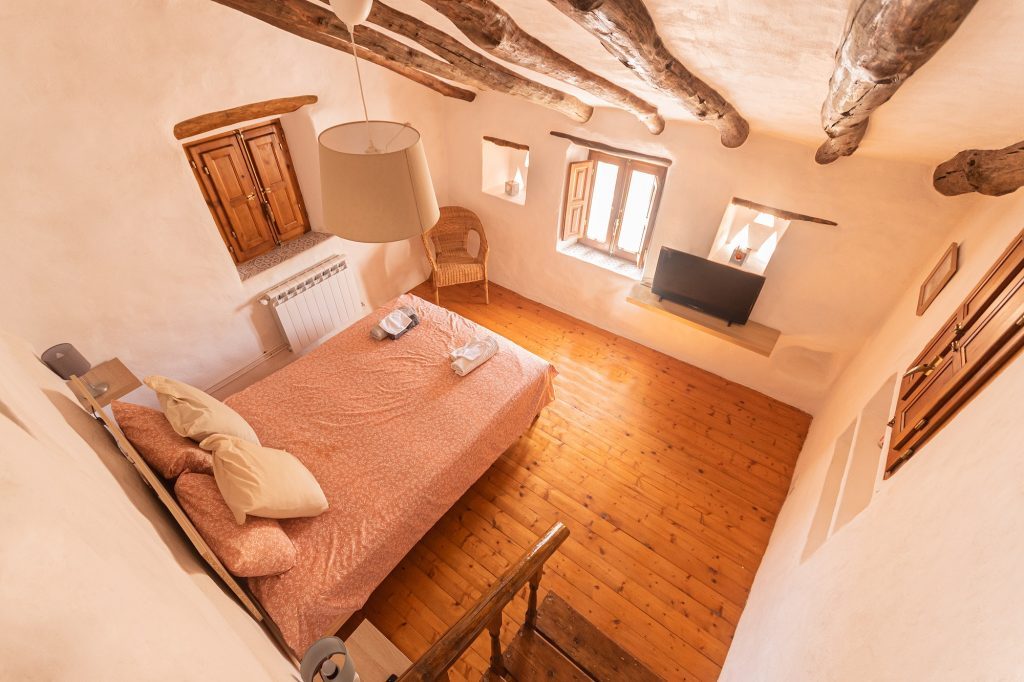If you’re traveling and need a place to stay, you may have come across the terms “Travel Inn” or “motel.” These are essentially the same thing, but they differ in some aspects. Let’s explore why!
Travel Inns are usually more expensive than motels.
For one thing, Travel Inns are usually more expensive than motels. This is because they offer more amenities—such as a fitness center, pool and WiFi—and are often located in more desirable areas such as airports and business districts. They also tend to be nicer places than motels: they’re less likely to have been built by some shady businessman trying to make a quick buck on the side; instead, Travel Inns are usually luxurious establishments that were designed with travelers in mind- travel inn.
What’s more, Travel Inn customers tend to have higher standards when it comes to their accommodations. After all, many people who stay at these hotels have paid hundreds or even thousands of dollars for them—so if something goes wrong (like if there’s no WiFi), they’re not going anywhere until it gets fixed!
A motel’s rooms are typically on the ground floor, while a Travel Inn’s rooms are generally located above the ground floor.

The difference between a Travel Inn and a Motel is not only in the name, but also in how they’re designed. A motel’s rooms are typically on the ground floor, while a Travel Inn’s rooms are generally located above the ground floor.
This means that you’re more likely to get better views at a motel than at a Travel Inn—but if you want to save money, motels will be more affordable than Travel Inns. However, both types of hotels typically offer less luxurious amenities than higher-end properties such as resorts or hotels with four-star ratings; and since motels usually have fewer rooms per building (and less space overall), they may be smaller than many travel inns.
Motels offer low-priced rooms, whereas Travel Inns offer reasonably priced rooms
If you’re looking for a place to stay that’s going to be on the cheaper side, a motel is your best bet. The average motel rate is around $60/night, whereas Travel Inns are usually more expensive than motels and have an average nightly rate of around $80-$85- travel inn.
Travel Inn rooms are usually located in the basement or above ground floor level of the building—motor inns are typically built with parking spaces underneath them. This makes it easy for travelers who want to park their cars under their room, which is convenient if you don’t want to lug luggage up several flights of stairs after driving all day long.
Travel Inns offer a full range of amenities; most include kitchenettes and refrigerators (except non-suite units), microwaves, televisions with cable channels, phones with voice mail capabilities and voicemail messaging systems (except non-suite units), irons/ironing boards and air conditioning/heating units (except guest rooms without kitchens).
Motels don’t offer a full range of amenities, whereas Travel Inns do.

A Travel Inn is a hotel that has all the amenities you could want, and then some. In addition to a pool and hot tub, it offers a restaurant and bar, fitness center, business center and game room. Many Travel Inns even have conference facilities for business travelers who need to meet with clients or colleagues while they’re away from home.
Travel Inns also offer their guests many extras such as free breakfast (usually served in your room), cable TV with HBO or Showtime (for those nights when you just want to watch your favorite show), wireless Internet access in every room of the building—as well as nearby public areas—and free local calls anywhere in the United States.
Travel Inns and motels are largely the same thing, but they vary slightly in their offerings.
A Travel Inn is generally the same as a motel, but the rooms are typically larger and more luxurious. A Travel Inn offers some of the same amenities as a hotel (such as Wi-Fi, in-room coffee makers), but you may have to pay extra for them. Most Travel Inns and motels have private sinks in each room, so there’s no need for you to use communal bathrooms- travel inn.
If you’re looking for a clean space that doesn’t cost too much money per night, consider staying at either one!
In conclusion, it’s safe to say that Travel Inns and motels are both similar in many ways. They offer affordable accommodations for travelers, but their differences are enough to set them apart from one another. The next time you’re looking for a place to stay while on the road or at home base during your travels—whether it be business or pleasure—consider what type of accommodation would best suit your needs before booking anything!


0 Comments